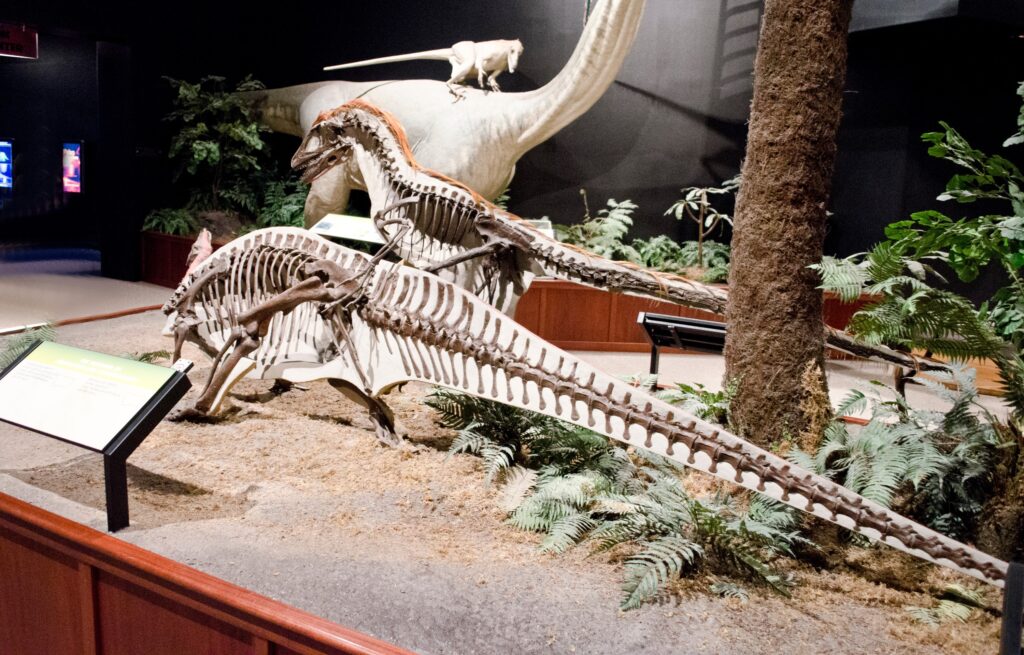In the world of science fiction television, few characters have captured the imagination quite like Stephen Connor from the British series Primeval. While the show featured temporal anomalies bringing prehistoric creatures into the modern world, it was Connor’s unique blend of scientific curiosity, fearless determination, and genuine passion for paleontology that made him stand out among his team members. This young researcher transformed from an eager student into one of television’s most compelling dinosaur hunters, proving that sometimes the most unlikely heroes make the biggest impact.
The Accidental Adventure That Started It All
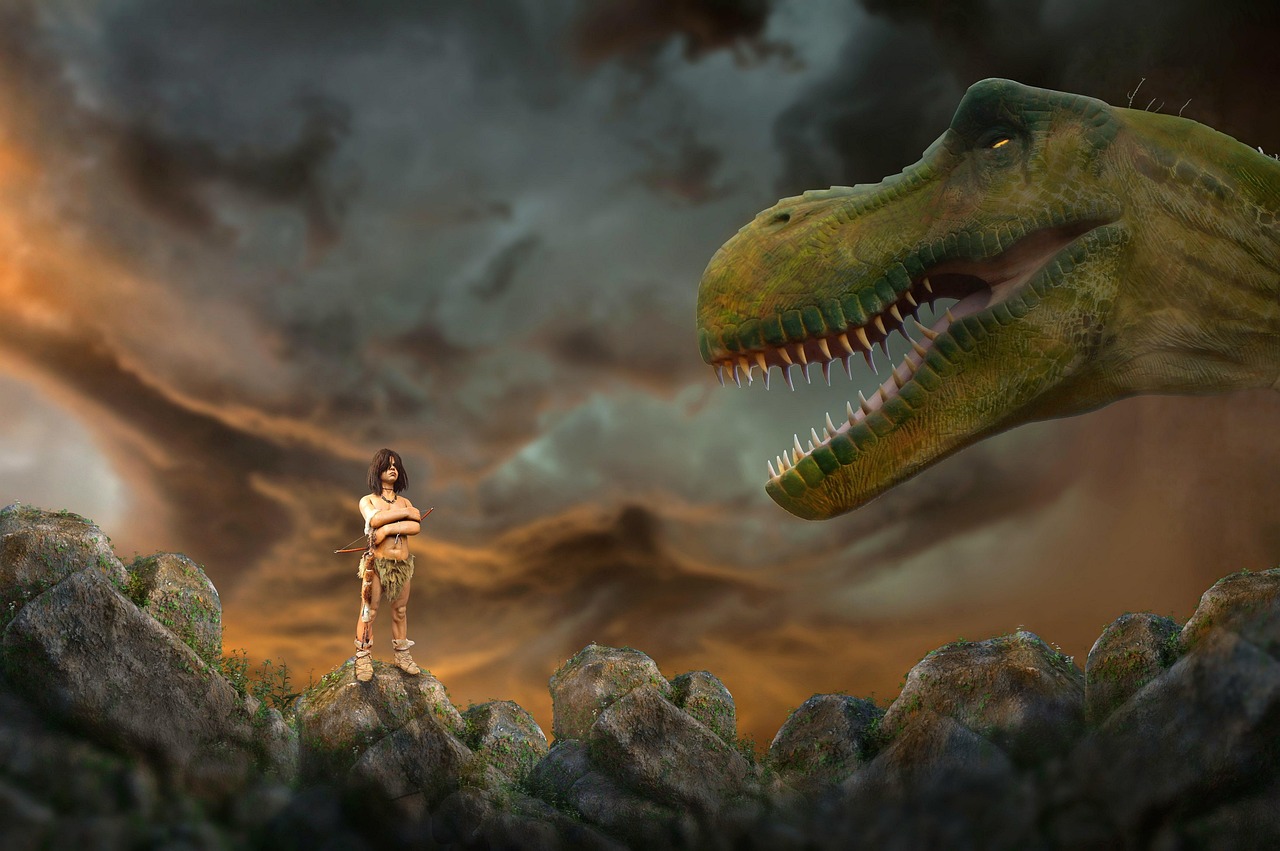
Stephen Connor’s journey into the world of prehistoric creatures began purely by chance, much like how many real-world paleontologists stumble upon their calling. Originally a student of paleontology, Connor found himself thrust into extraordinary circumstances when temporal anomalies began opening doorways between past and present. His academic background provided the foundation, but it was his natural instinct and adaptability that truly set him apart.
What made Connor’s introduction to this dangerous new world so remarkable was his ability to maintain scientific objectivity while facing creatures that could easily kill him. Unlike many fictional characters who might freeze or panic, Connor approached each encounter with a mixture of awe and practical thinking. His enthusiasm for paleontology wasn’t just academic—it became a survival tool that helped him understand creature behavior patterns and predict their next moves.
From Student to Survival Expert
The transformation of Stephen Connor from a university student to a seasoned anomaly investigator represents one of the most compelling character developments in science fiction television. His evolution wasn’t just about gaining experience; it was about learning to balance his love for prehistoric life with the harsh reality of protecting innocent people from dangerous predators. This balance became Connor’s defining characteristic throughout the series.
Connor’s growth as a character mirrored the real-world development of paleontologists who transition from theoretical study to fieldwork. The difference, of course, was that Connor’s “fieldwork” involved dodging razor-sharp claws and massive teeth. His ability to maintain his scientific curiosity while developing practical survival skills made him uniquely effective in situations that would overwhelm most people.
The key to Connor’s success lay in his willingness to learn from every encounter, treating each dangerous situation as both a learning experience and a life-or-death challenge. This approach allowed him to build an impressive knowledge base about creature behavior that proved invaluable to his team’s survival.
The Science Behind the Courage
What separated Stephen Connor from other fictional action heroes was his reliance on scientific knowledge rather than brute force or weapons. His approach to dealing with prehistoric creatures was methodical and based on understanding animal behavior, evolutionary biology, and ecological principles. This scientific foundation made his actions believable and educational for viewers interested in paleontology.
Connor’s expertise extended beyond just knowing dinosaur names and classifications. He understood predator-prey relationships, territorial behaviors, and the environmental factors that influenced creature movements. This knowledge allowed him to predict where anomalies might appear and which creatures posed the greatest threats to public safety.
His scientific approach also made him an excellent teacher within the show’s narrative, often explaining complex paleontological concepts in accessible terms. This educational aspect of his character helped viewers learn about prehistoric life while being entertained by thrilling adventures.
Master of Adaptation Under Pressure
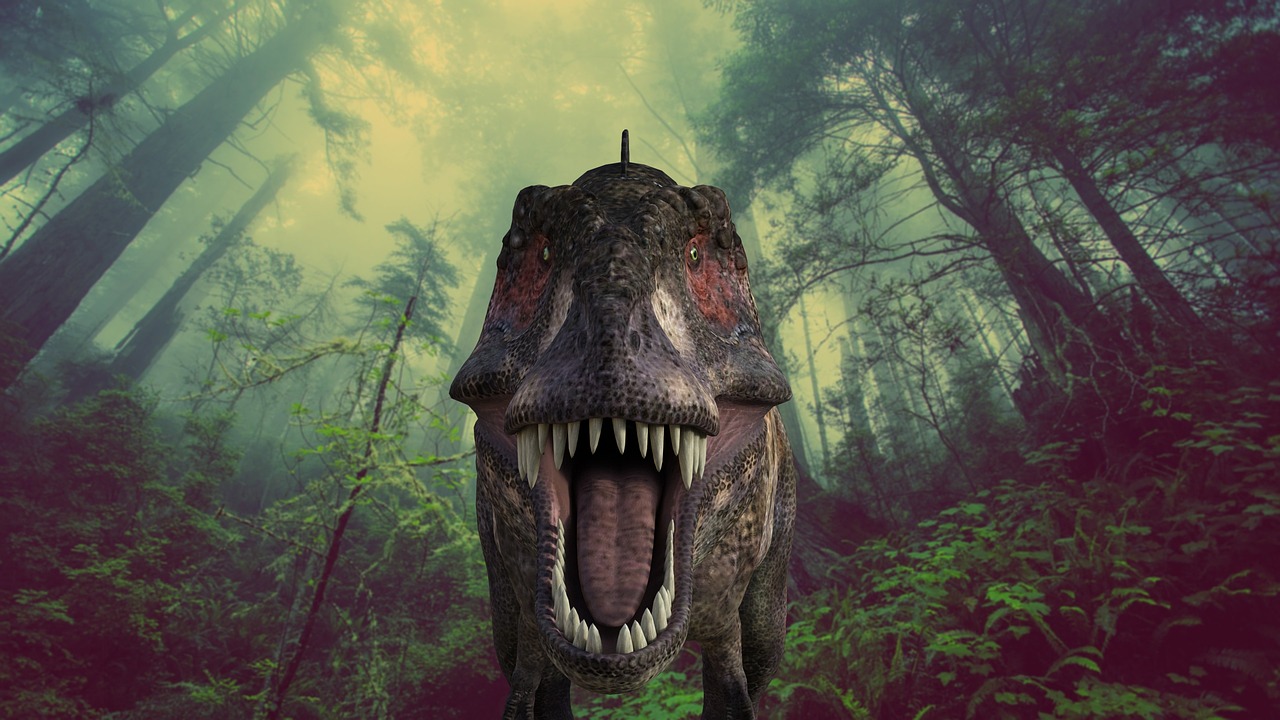
One of Connor’s most impressive qualities was his ability to think quickly and adapt his strategies based on new information. Whether facing a pack of Velociraptors or a massive Spinosaurus, he consistently demonstrated the mental flexibility needed to survive in unpredictable situations. This adaptability became his greatest strength as a dinosaur hunter.
Connor’s quick thinking often involved improvising solutions using modern technology and materials to address prehistoric problems. His ability to combine scientific knowledge with creative problem-solving made him an invaluable team member who could handle situations that would stump others. This skill set proved particularly useful when dealing with creatures that didn’t behave according to established paleontological theories.
The pressure of life-or-death situations never seemed to overwhelm Connor’s analytical mind. Instead, high-stress encounters appeared to sharpen his focus and enhance his ability to make split-second decisions based on scientific reasoning rather than panic or instinct.
Technology Meets Paleontology
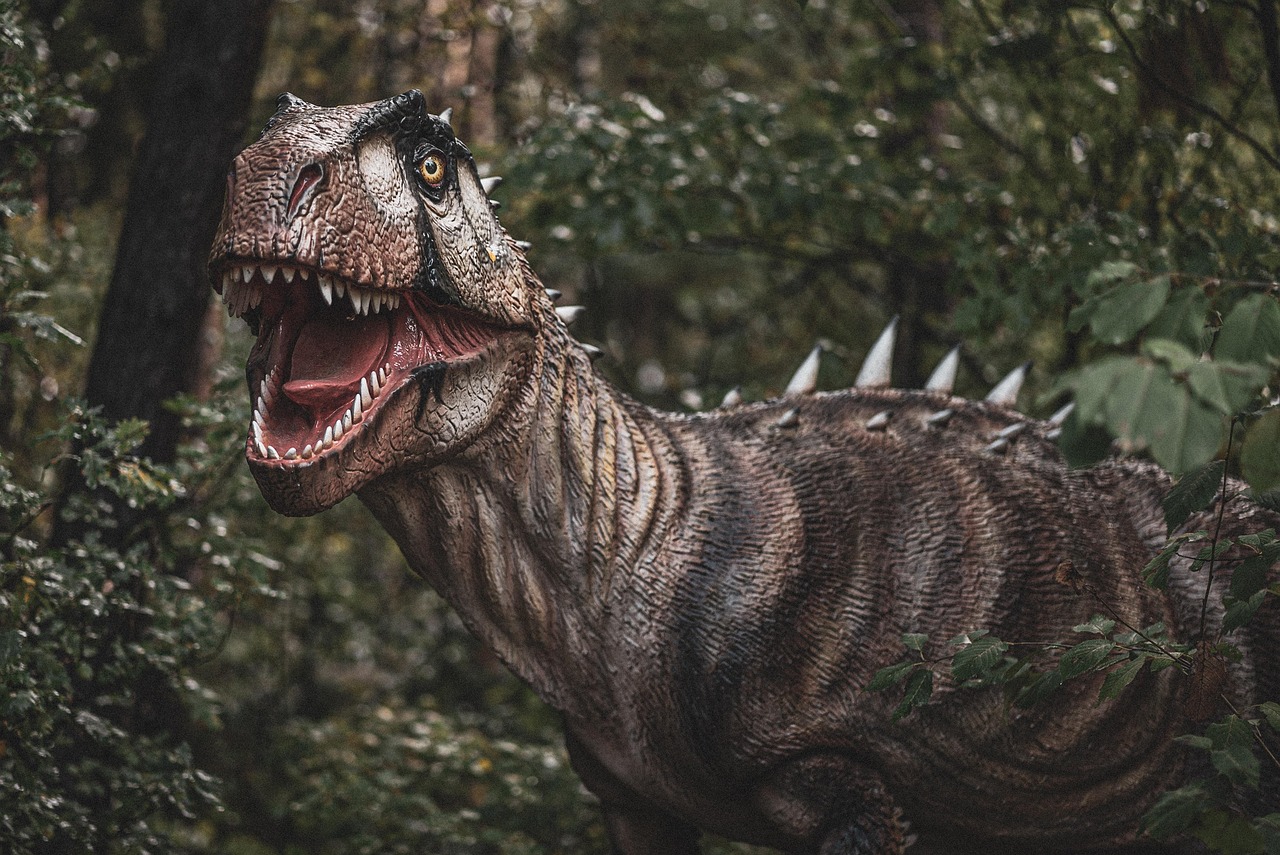
Stephen Connor’s expertise with technology made him uniquely suited for tracking and monitoring prehistoric creatures in modern settings. His ability to operate sophisticated equipment while maintaining his paleontological focus allowed him to bridge the gap between ancient biology and contemporary science. This technological proficiency became crucial for his team’s success in managing anomaly-related incidents.
Connor’s use of tracking devices, sensors, and communication equipment demonstrated how modern technology could be adapted for studying and managing prehistoric life. His innovative approaches to using existing technology for new purposes showed viewers how scientific tools could be repurposed when facing unprecedented challenges.
The integration of technology with paleontological knowledge also allowed Connor to document creature behaviors and anomaly patterns in ways that would have been impossible for earlier generations of researchers. This documentation became valuable for understanding and predicting future anomaly events.
The Psychology of a Prehistoric Predator Expert
Understanding the psychological aspects of both predators and prey became one of Connor’s most valuable skills as a dinosaur hunter. His ability to read creature body language, recognize stress signals, and predict behavioral responses set him apart from colleagues who relied more on physical confrontation or technological solutions. This psychological insight made him particularly effective at de-escalating dangerous situations.
Connor’s empathy for prehistoric creatures, even dangerous ones, allowed him to see beyond their threat potential to understand their basic needs and motivations. This perspective helped him develop non-lethal solutions to creature management problems, reflecting a conservation-minded approach that respected the intrinsic value of these ancient species.
His psychological approach also extended to working with his human teammates, helping them overcome their fears and develop confidence when facing prehistoric threats. Connor’s calm demeanor and scientific explanations often helped stabilize team dynamics during high-stress situations.
Field Skills That Saved Lives
Stephen Connor’s development of practical field skills transformed him from a theoretical researcher into an effective hands-on investigator. His ability to track creatures through various environments, read signs of their presence, and predict their movement patterns made him invaluable for locating and managing escaped prehistoric animals. These skills combined traditional tracking techniques with modern scientific methods.
Connor’s field expertise included understanding how different environments affected creature behavior and movement. Whether dealing with forest settings, urban environments, or aquatic situations, he demonstrated adaptability that came from understanding how prehistoric animals might respond to unfamiliar modern landscapes.
His tracking abilities also extended to understanding how temporal anomalies affected local ecosystems and how creatures adapted to new environments. This ecological perspective helped him predict where creatures might establish territories or seek resources in the modern world.
Leadership Through Knowledge
As Connor gained experience, his role evolved from student to teacher and eventually to leader in many dangerous situations. His leadership style was based on sharing knowledge and empowering others rather than asserting authority through force or intimidation. This approach proved particularly effective when working with diverse team members who had different strengths and backgrounds.
Connor’s ability to explain complex situations in understandable terms made him an effective communicator during crisis situations. His calm explanations helped reduce panic and allowed team members to make informed decisions about how to handle dangerous encounters with prehistoric creatures.
His leadership also involved making difficult decisions about creature welfare versus human safety. Connor’s scientific background helped him evaluate these situations objectively while considering the broader implications of their choices for both species conservation and public safety.
The Art of Non-Lethal Creature Management

One of Stephen Connor’s most admirable qualities was his commitment to finding non-lethal solutions for managing dangerous prehistoric creatures. His approach reflected a conservation mindset that recognized these animals as valuable specimens rather than mere threats to be eliminated. This philosophy required creative problem-solving and deep understanding of animal behavior.
Connor’s non-lethal methods often involved using environmental factors, creature psychology, and behavioral triggers to guide animals back through anomalies to their proper time periods. These techniques required patience and precise timing, but they allowed for the preservation of prehistoric species while protecting modern humans.
His success with non-lethal approaches also demonstrated the importance of understanding creature motivations and basic needs. By addressing why creatures behaved aggressively or defensively, Connor could often resolve conflicts without resorting to harm.
Building Trust in Extreme Circumstances

Stephen Connor’s ability to build trust with both his human teammates and, remarkably, some prehistoric creatures, showcased his exceptional interpersonal skills under extreme pressure. His patient, consistent approach to relationship-building proved crucial for team cohesion during dangerous missions. This trust became a foundation for effective collaboration when facing life-threatening situations.
Connor’s trustworthiness came from his reliability in crisis situations and his willingness to put others’ safety before his own comfort or scientific interests. Team members learned they could depend on his knowledge and judgment, even when facing unprecedented challenges that had no established protocols or solutions.
His relationship-building skills extended to understanding how different personalities responded to stress and danger. Connor adapted his communication style to work effectively with colleagues who had varying levels of scientific background and comfort with prehistoric creatures.
Innovation in Dangerous Situations
The ability to innovate under pressure became one of Stephen Connor’s defining characteristics as a dinosaur hunter. His creative solutions often involved combining paleontological knowledge with modern materials and technology in ways that no one had previously considered. This innovative thinking saved lives and resolved situations that seemed impossible to manage.
Connor’s innovations ranged from simple tools and techniques to complex strategies for managing multiple creatures simultaneously. His willingness to experiment with new approaches, even in dangerous situations, demonstrated the kind of creative thinking that drives scientific advancement in real-world research.
His innovative solutions also reflected his deep understanding of both prehistoric creature behavior and modern human psychology. By considering how both species might respond to different stimuli, Connor could design interventions that worked for everyone involved.
The Emotional Intelligence of a True Professional
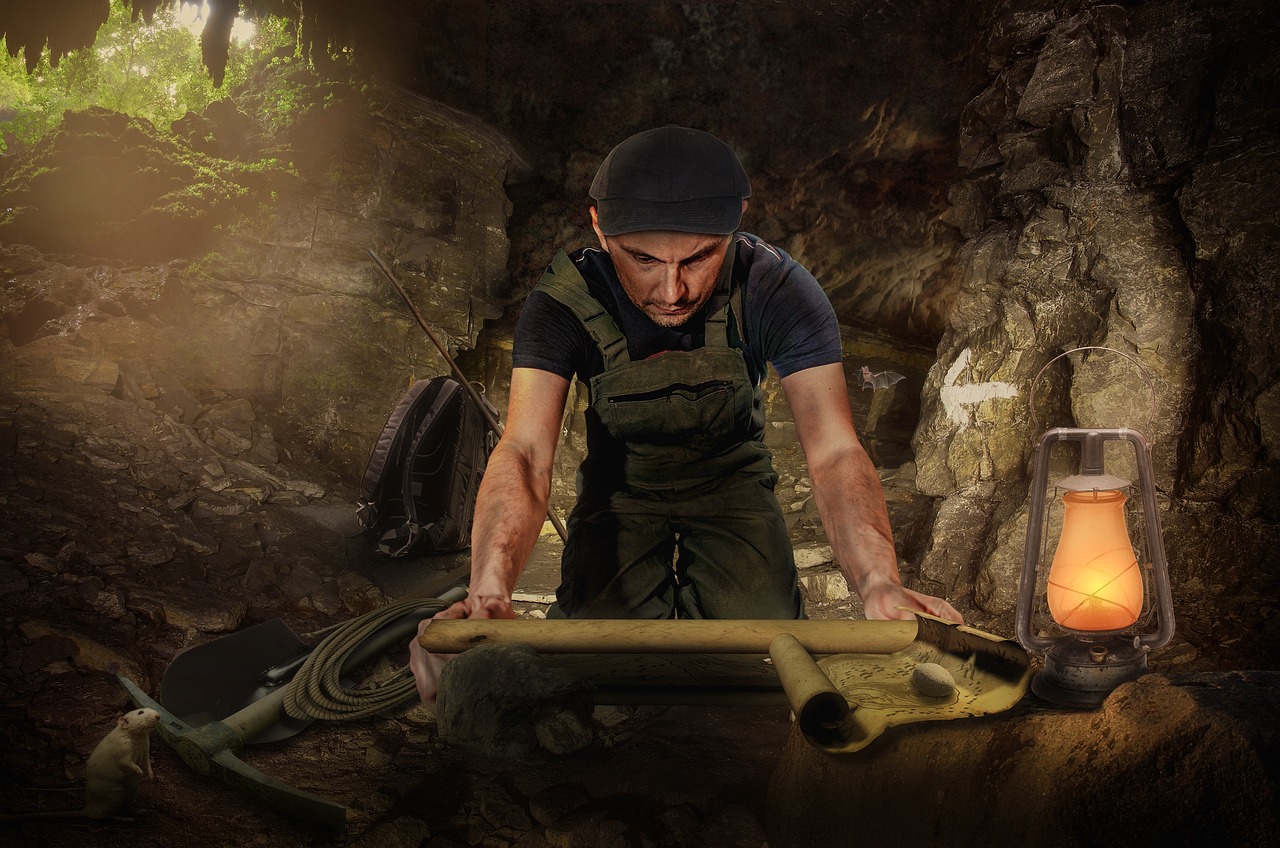
Stephen Connor’s emotional intelligence set him apart from other fictional characters who might rely solely on technical expertise or physical prowess. His ability to manage his own emotions while helping others cope with fear and stress made him an invaluable team member during traumatic encounters with prehistoric predators. This emotional stability became crucial for maintaining team effectiveness.
Connor’s empathy extended to understanding the emotional states of prehistoric creatures, recognizing when they were frightened, territorial, or protecting young. This emotional awareness allowed him to predict creature behavior more accurately and develop more effective management strategies.
His emotional intelligence also helped him maintain perspective during long-term investigations, balancing the excitement of scientific discovery with the sobering responsibility of protecting innocent people from dangerous creatures. This balance kept him grounded and effective over extended periods of high-stress work.
Legacy of Scientific Adventure
Stephen Connor’s impact as a fictional character extended beyond entertainment to inspire real-world interest in paleontology and scientific careers. His portrayal of a young scientist growing into a capable professional demonstrated that intellectual curiosity and scientific knowledge could be just as heroic as physical strength or combat skills. This representation encouraged viewers to value scientific education and critical thinking.
Connor’s character also highlighted the importance of interdisciplinary thinking, showing how knowledge from different fields could be combined to solve complex problems. His success came from integrating paleontology, ecology, psychology, and technology in ways that no single specialty could have achieved alone.
His legacy lives on in the many viewers who were inspired to pursue careers in paleontology, biology, or related sciences after seeing how exciting and meaningful scientific work could be. Connor proved that being a scientist could be every bit as adventurous as any other career path.
The Perfect Balance of Brain and Bravery
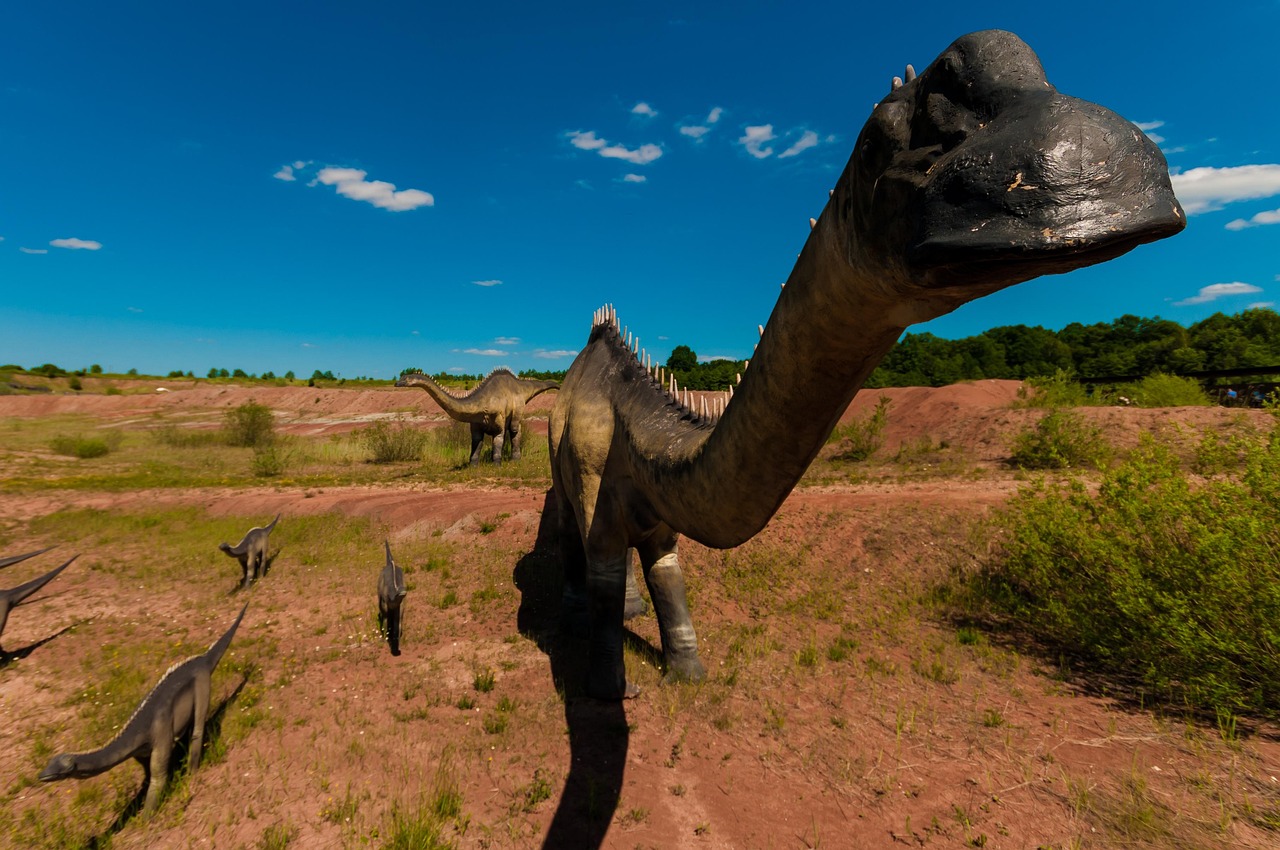
What made Stephen Connor truly exceptional as a dinosaur hunter was his ability to maintain perfect balance between intellectual analysis and physical courage. He never let fear override his scientific judgment, nor did he allow academic detachment to prevent him from taking necessary action when lives were at stake. This balance made him uniquely effective in situations that would overwhelm people who relied too heavily on either thinking or acting alone.
Connor’s bravery was informed by knowledge rather than driven by recklessness or adrenaline. His willingness to face dangerous creatures came from understanding their behavior and knowing how to minimize risks while achieving necessary objectives. This calculated courage proved more reliable and sustainable than impulsive heroics.
His example showed viewers that true bravery often involves careful preparation, thoughtful analysis, and informed decision-making rather than simply charging into danger without considering consequences. This mature approach to courage made Connor a role model for responsible risk-taking in scientific contexts.
Stephen Connor represents the ideal combination of scientific expertise, practical skills, and personal courage that makes for an exceptional dinosaur hunter. His character development from eager student to seasoned professional provides a compelling narrative that celebrates the value of education, critical thinking, and perseverance in the face of unprecedented challenges. Connor’s legacy continues to inspire those who believe that knowledge and courage can overcome even the most ancient and dangerous threats. What would you choose: his scientific approach or raw courage when facing a hungry Tyrannosaurus Rex?



